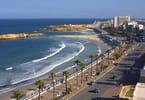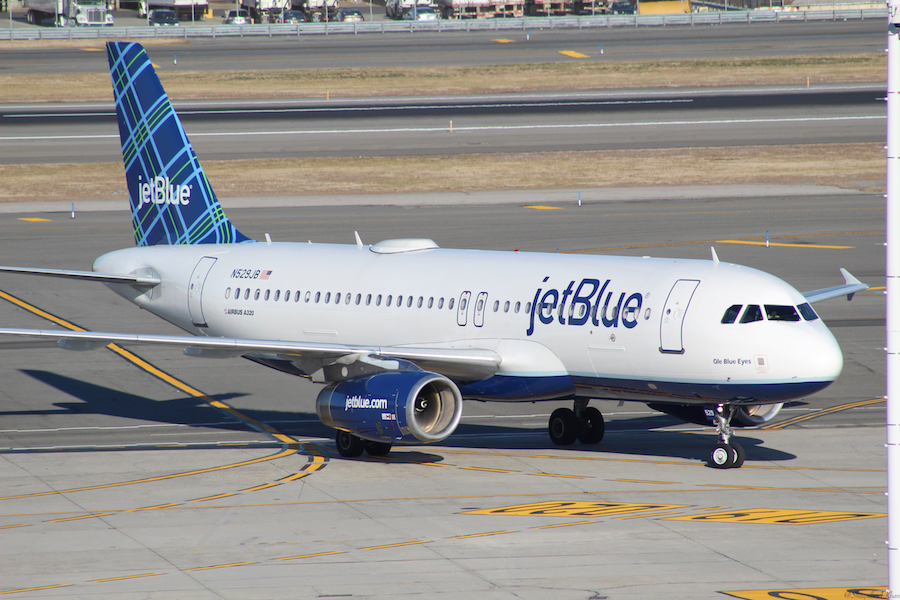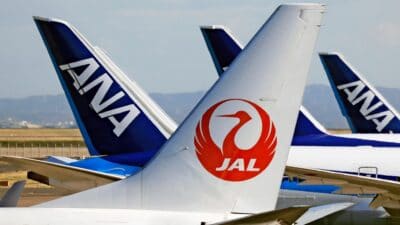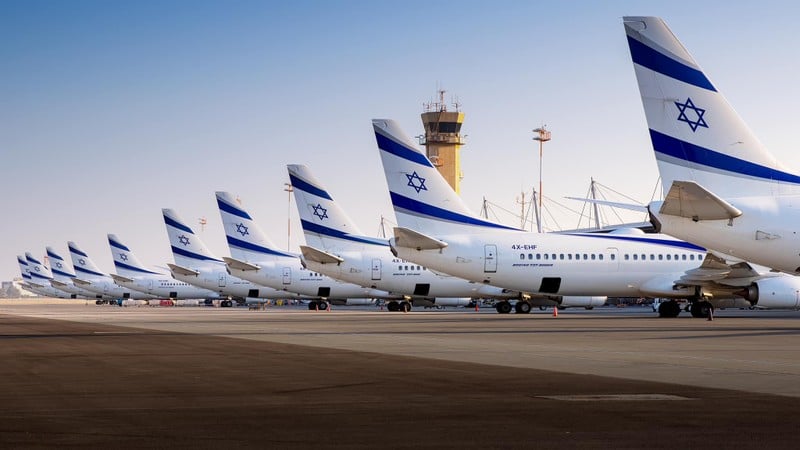The re-opening of the long dormant railway line between Tororo and Pakwach, via Gulu, last year by Uganda President Museven, has raised much hope and expectations about growing cargo volumes being shifted from the road to the rail on the main route to Uganda’s North and the South Sudan.
Yet announcements made by Rift Valley Railways about the formal commissioning last week of three out of twenty brand new GE locomotives ordered, and the doubling of the rolling stock by mid of next year, do not entirely apply to the Tororo – Gulu route.
Like key sections in Kenya and in Uganda along the Tororo – Kampala line, additional work will be required to restore the rail track to higher specifications, allowing for an increase in speed and higher axle loads, if rail transport is truly to offer a viable alternative to road transport.
RVR earlier this year already imported automated line maintenance equipment and the two units now in use are deployed along the main line to cover hotspots between Mombasa, Nairobi, the Ugandan border at Tororo and Kampala. It is there that surging demand for cargo space makes it almost inevitable that the new machines are deployed where the most is to be gained in terms of revenues, leaving other lines like the one to Gulu to be largely refurbished by manual labour. Also required is additional infrastructure at the Gulu railhead, like a container depot with road access to the main highway from Gulu to Nimule and on to Juba. Experts have already said that ideally the line needs to be connected to a railway between Juba to the Ugandan border and on to Gulu. It is here that the main battle is presently being fought if this is to be an extension of the narrow gauge line or to be a new standard gauge line, which however then has to be extended to Tororo where it will eventually meet with the new SGR coming from the port of Mombasa via Nairobi to the Ugandan border.
As Kenya has also floated the proposal for a standard gauge rail link from the still to be built port of Lamu under the LAPSSET project, there are now intense discussions going on in Uganda and in South Sudan, which is the most cost effective way to connect Juba with the port of Mombasa, via Uganda or directly using the Lamu Port – South Sudan – Ethiopia link. Other considerations are the speed with which the new SGR lines from Mombasa and Lamu are able to reach the respective borders of Uganda and South Sudan, giving the present narrow gauge rail system managed by RVR a potential competitive advantage in terms of the time needed to link the various locations.
What is clear is that a Gulu railhead, when fully operational, will reduce the distance to be covered by road to and from Juba considerably, bringing the overall cost of imports and exports down, but with the present turmoil in South Sudan, not much attention is being paid to infrastructure when – for many observers at least – the one and only agenda item of the regime in Juba is survival right now. Fodder for thought that is.
Meanwhile the Ugandan government also – sooner or later – has to make a decision about the dilapidated railway route from Kampala to Kasese, which like the Northern line has been dormant for many years and where ballast, sleepers and rails have often been vandalized, leaving a new operator – RVR does not have this section as part of their long term concession – with the unenviable challenge to rebuild the line in many sections. While rail access to Kasese would no doubt ease the pressure on Uganda’s roads where thousands of trucks are plying the route between Eastern Congo and the border with Kenya before moving on to Mombasa, this seems to be still a faraway dream as all eyes are now on the new SGR line which is to connect Mombasa via Nairobi and Kampala with Kigali.
Additionally, none of these branch lines presently allow for passenger trains where in particular international rail buffs could charter an entire train to explore these routes, leaving such potential tourism assets unexploited due to the state of repair and the lack of government support to fast track such initiative. More fodder for thought no doubt.
WHAT TO TAKE AWAY FROM THIS ARTICLE:
- It is here that the main battle is presently being fought if this is to be an extension of the narrow gauge line or to be a new standard gauge line, which however then has to be extended to Tororo where it will eventually meet with the new SGR coming from the port of Mombasa via Nairobi to the Ugandan border.
- As Kenya has also floated the proposal for a standard gauge rail link from the still to be built port of Lamu under the LAPSSET project, there are now intense discussions going on in Uganda and in South Sudan, which is the most cost effective way to connect Juba with the port of Mombasa, via Uganda or directly using the Lamu Port – South Sudan – Ethiopia link.
- What is clear is that a Gulu railhead, when fully operational, will reduce the distance to be covered by road to and from Juba considerably, bringing the overall cost of imports and exports down, but with the present turmoil in South Sudan, not much attention is being paid to infrastructure when – for many observers at least – the one and only agenda item of the regime in Juba is survival right now.






















